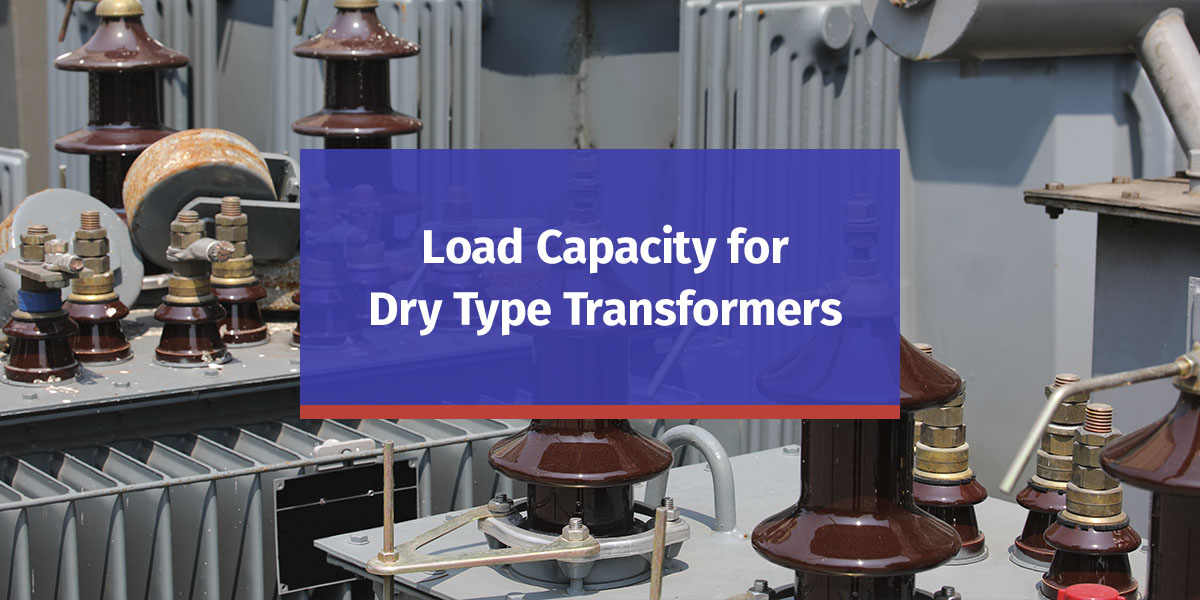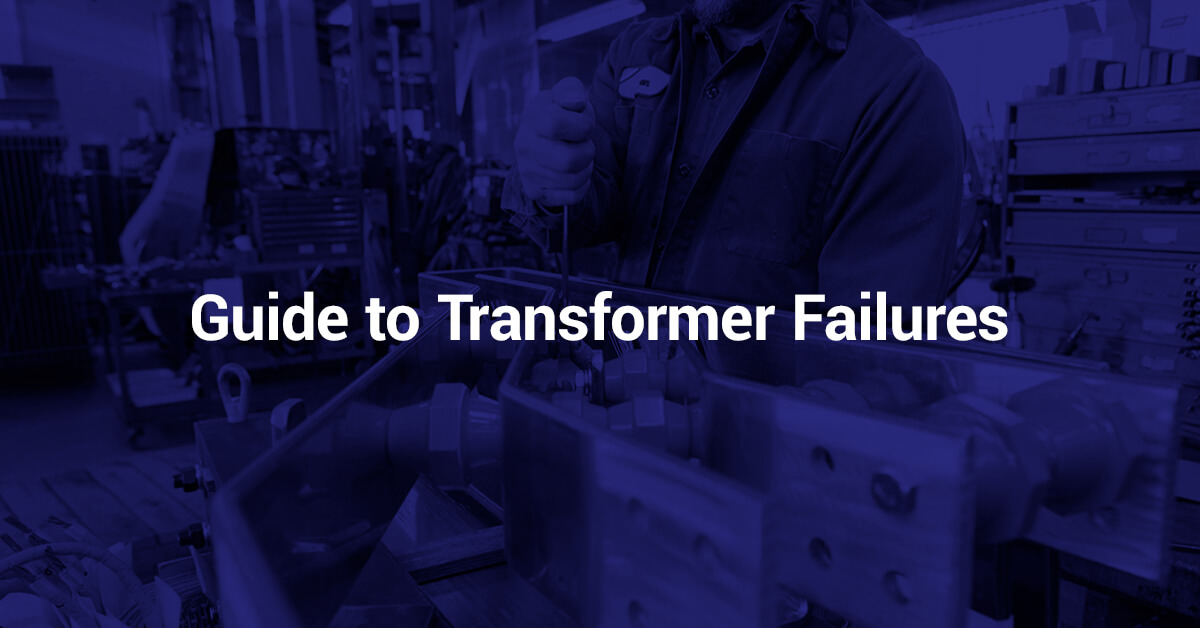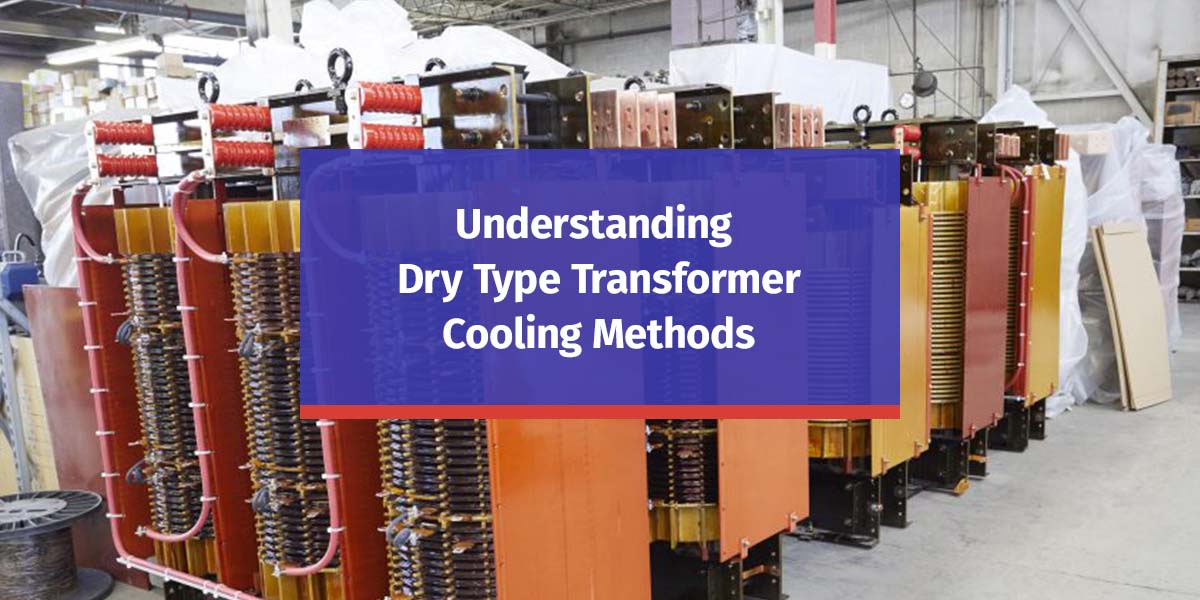Load Capacity for Dry Type Transformers
Dry type transformers harness air cooling to maintain safe, efficient temperatures as they convert high primary voltages to the right voltage for your application. Industrial, commercial and utility companies favor them as they excel at a wide range of voltage conversions. Ensuring long-lasting, efficient performance depends on knowing and being able to calculate your transformer’s […]
Read MoreAverage Lead Times of Dry Type Transformers in 2025
Disruptions to the national supply chain have increased lead times across industries. For mission-critical systems, like transformers, these long lead times can cause undue downtime. It’s important to understand the expected lead times for 2025 and how you can address transformer needs despite supply chain challenges. How Long Does It Take to Get a Dry […]
Read MoreImplementing Effective Backup Systems to Mitigate Transformer Downtime
When a transformer fails, every minute of downtime can cost thousands of dollars in lost production and potential damage. For critical operations like hospitals, medical centers and manufacturing plants, a failed transformer seriously threatens safety, operational efficiency and bottom-line results. Implementing an effective backup system is much more than a best practice — it’s essential […]
Read MoreMaximizing the Life Span of Your Dry Type Transformer
The quality of a dry type transformer can directly affect your facility’s power reliability and efficiency for years down the road. High-quality units can provide reliable power for decades, while inferior systems may require premature replacement many years sooner. Informed decisions during the selection process and following recommended maintenance guidelines after installation can help maximize […]
Read MoreEffective Maintenance Practices for Dry Type Transformers
Proper maintenance is crucial for delivering reliable power, maximizing operational efficiency and protecting your transformer investment. Routine inspections and regular upkeep extend equipment life while helping prevent unexpected downtime and costly replacements. Organizations implementing effective maintenance practices can expect transformer life spans to exceed 30 years. Why Effective Transformer Maintenance Is Important Dry type transformers are […]
Read MoreQuantifying Downtime Costs and The Hidden Impact of Transformer Failures
For fast-paced commercial and industrial operations, a transformer failure can be more than just an inconvenience — it can lead to a significant loss of revenue. As production halts and employees stand idle, the actual cost of downtime begins to unfold, revealing hidden expenses that can significantly impact operations. Understanding and quantifying downtime costs associated […]
Read MoreGuide to Transformer Failures
Transformers serve a crucial purpose as part of the power system for many facilities. Therefore, when signs of failure appear, you must quickly replace or repair the transformer to restore full operation. Knowing how to tell if your dry type will stop working or how to detect failures in an oil filled transformer will help […]
Read MoreUnderstanding Dry Type Transformer Cooling Methods
Dry type transformers reduce conventional power circuit voltage. This action generates copious amounts of heat by transferring energy between alternating-current circuits, which demands cooling techniques. Keeping transformers at moderate temperatures preserves their integrity, helping them stay functional for longer. Various techniques keep these transformers cool, each suiting different applications. Understanding dry type cooling methods is crucial […]
Read MoreThe Different Parts of a Dry Type Transformer
Dry type transformers enable energy transfer through electromagnetic induction. They employ solid insulation and cooling mechanisms like natural convection or forced air. There are a few fundamental components to consider, from magnetic cores to insulation to cooling systems. Each piece works seamlessly together to enhance efficiency, safety and reliability in various applications. Understanding these elements […]
Read MoreStandard kVA Sizes for Three-Phase Medium Voltage Transformers
Electrical engineers constantly deal with various electrical systems and equipment, including medium voltage dry type transformers. These transformers come in a range of standard kilovolt-amp (kVA) sizes to ensure different systems receive efficient and reliable power distribution. By knowing the standard kVA sizes for three-phase medium voltage transformers, you can make informed decisions when specifying, installing or maintaining […]
Read More





